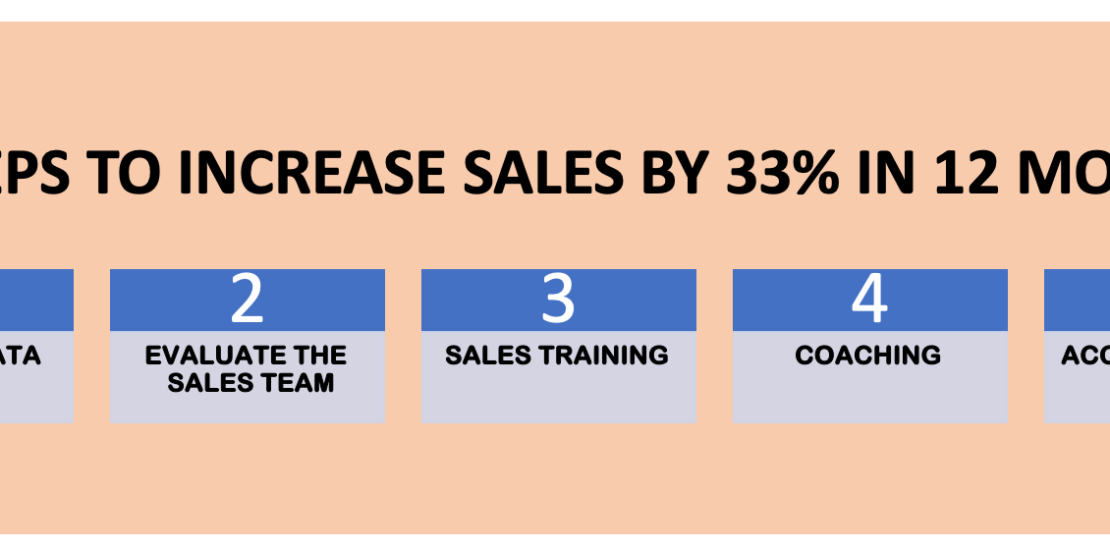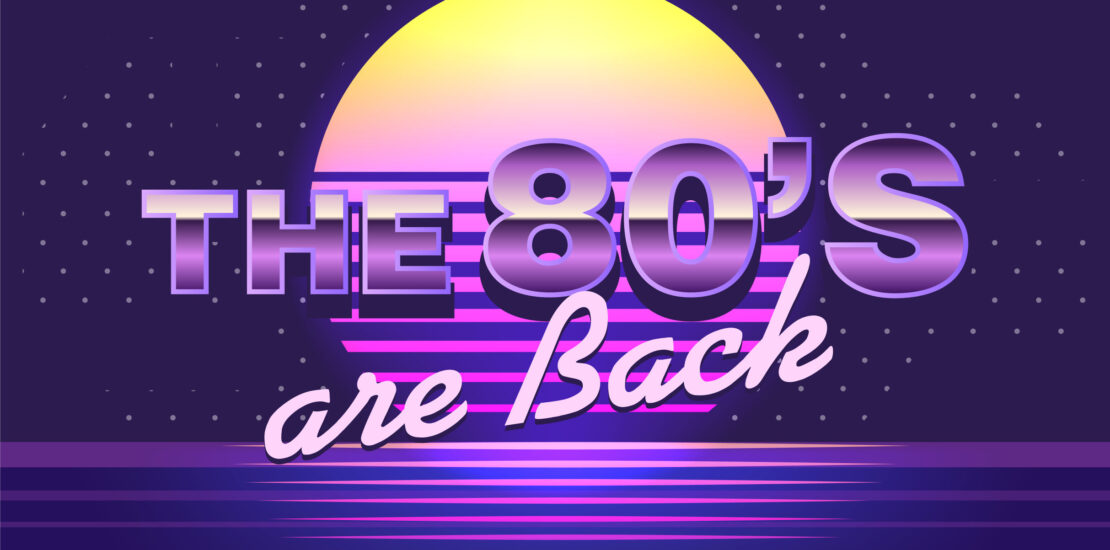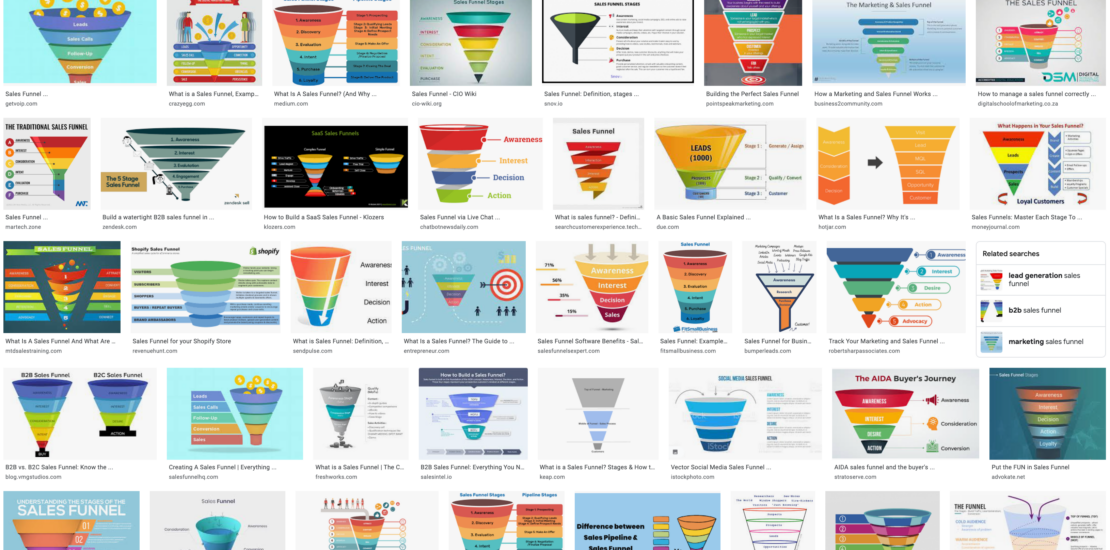crm
-
Top Salespeople are 8600% Better at This Than Weak Salespeople
- January 20, 2023
- Posted by: Dave Kurlan
- Category: Understanding the Sales Force

As you can see from the table above right, the top 5% of all salespeople are 56% stronger at qualifying than strong salespeople, 452% stronger than serviceable salespeople, and 8600% stronger than the bottom 50%. 8600% Stronger!!!! Who says qualifying isn’t important? See how your industry/salespeople compare.
-
5 Steps to Grow Sales by 33% in 12 Months
- May 11, 2022
- Posted by: Dave Kurlan
- Category: Understanding the Sales Force

Sales teams go through periods like this too but sales leaders rarely seek out the data that would immediately point to the real problem. They tend to hope things will improve and go from there. However, there are several levels of data to be reviewed so let’s take a look.
As the article title suggests, there are five steps you must take to grow sales by 33% in 12 months. You can’t pick and choose as all five are required.
-
Has Buying Changed and Has B2B Selling Adapted?
- January 5, 2022
- Posted by: Dave Kurlan
- Category: Understanding the Sales Force

Today’s buyers are self-educated and salespeople mistake that knowledge for readiness. Salespeople tend to take the path of least resistance and the knowledge they mistake for readiness lulls them into the quote, proposal and order taking mode. As a result, they don’t follow their company’s sales process or worse, the company’s sales process has been modified to reflect buyers being ready. If the buyers were truly ready at this point they would actually buy but the additional options prolong instead of shorten the sales process.
-
Salesenomics – Many Sales Organizations Are Stuck in the 1980’s
- November 22, 2021
- Posted by: Dave Kurlan
- Category: Understanding the Sales Force

When was the last time you saw a black and white television or even a console color TV?
How about an electric typewriter?
Or a car that didn’t have anti-lock brakes?
You would have to return to the 1980’s to see those things and when it comes to their operations, some sales organizations are still in the 1980’s.
For example, check out these statistics from OMG’s evaluations of 30,000 sales teams and more than two million salespeople.
-
Most Sales Processes, Funnels and Pipelines are How Old?
- September 29, 2021
- Posted by: Dave Kurlan
- Category: Understanding the Sales Force

I was looking for an image of a sales funnel and couldn’t believe what I found! My search results can be found here. Can you believe all of those images of sales funnels? Look them over and see if you can recognize the problem with all of them.
-
FOX News and CNN Can Help You Conduct Better Sales Opportunity Reviews
- August 17, 2020
- Posted by: Dave Kurlan
- Category: Understanding the Sales Force

I don’t really care whether or not you like, approve of, tolerate, or agree with President Trump and/or the issues he stands for. Doesn’t matter to me. And you shouldn’t care what I think of him or which side of that invisible center line I am on. Shouldn’t matter to you. While this is an article about coaching salespeople, I am going to use the current divisiveness as an analogy to help you better understand how sales leaders can have a huge impact on your salespeople.
-
How to Achieve Sales Mastery – A Collection of Loosely Connected Thoughts
- July 6, 2020
- Posted by: Dave Kurlan
- Category: Understanding the Sales Force

During our first of its kind Independence Day weekend, I thought about a lot of things that loosely tied into sales effectiveness and while they could all be articles in their own right, I decided to write one article tying them all together.
-
Salespeople in Small Companies are 43% Better at This and Other Salesenomics Insights
- January 7, 2020
- Posted by: Dave Kurlan
- Category: Understanding the Sales Force

You seek out the best products, best stores, best websites and best experiences. Doesn’t it make sense to wonder about where you can find the best salespeople?
I asked Objective Management Group’s (OMG) COO, John Pattison, to dig into some of our data from the evaluations of 1,932,059 salespeople from companies and provide me with some scores.
I reviewed the data and have a number of very interesting and surprising Salesenomics conclusions to share.
-
Dave Kurlan’s Predictions for Sales Organization in 2020
- December 16, 2019
- Posted by: Dave Kurlan
- Category: Understanding the Sales Force

Before I can make any predictions for 2020, let’s start with these ten simple truths about selling for proper context.
-
What is the Sales Stack and Do You Need it?
- October 2, 2019
- Posted by: Dave Kurlan
- Category: Understanding the Sales Force

You bought a really nice, new, laptop computer and you thought to yourself, “Now I’m all set!” But are you? You needed a case to carry it around, a thumb drive for quickly moving files from your laptop to another, and a printer and if you have a Mac notebook, a port that will serve as adapters to your various cables. These are your accessories.
You’ll also need cloud storage, a broadband connection, email, a browser and 20 or so software applications so your computer can help you do the things you purchased it to do. This is your technology stack.
But now there is a sales stack too. What is the sales stack, and should you have one for your salespeople?

